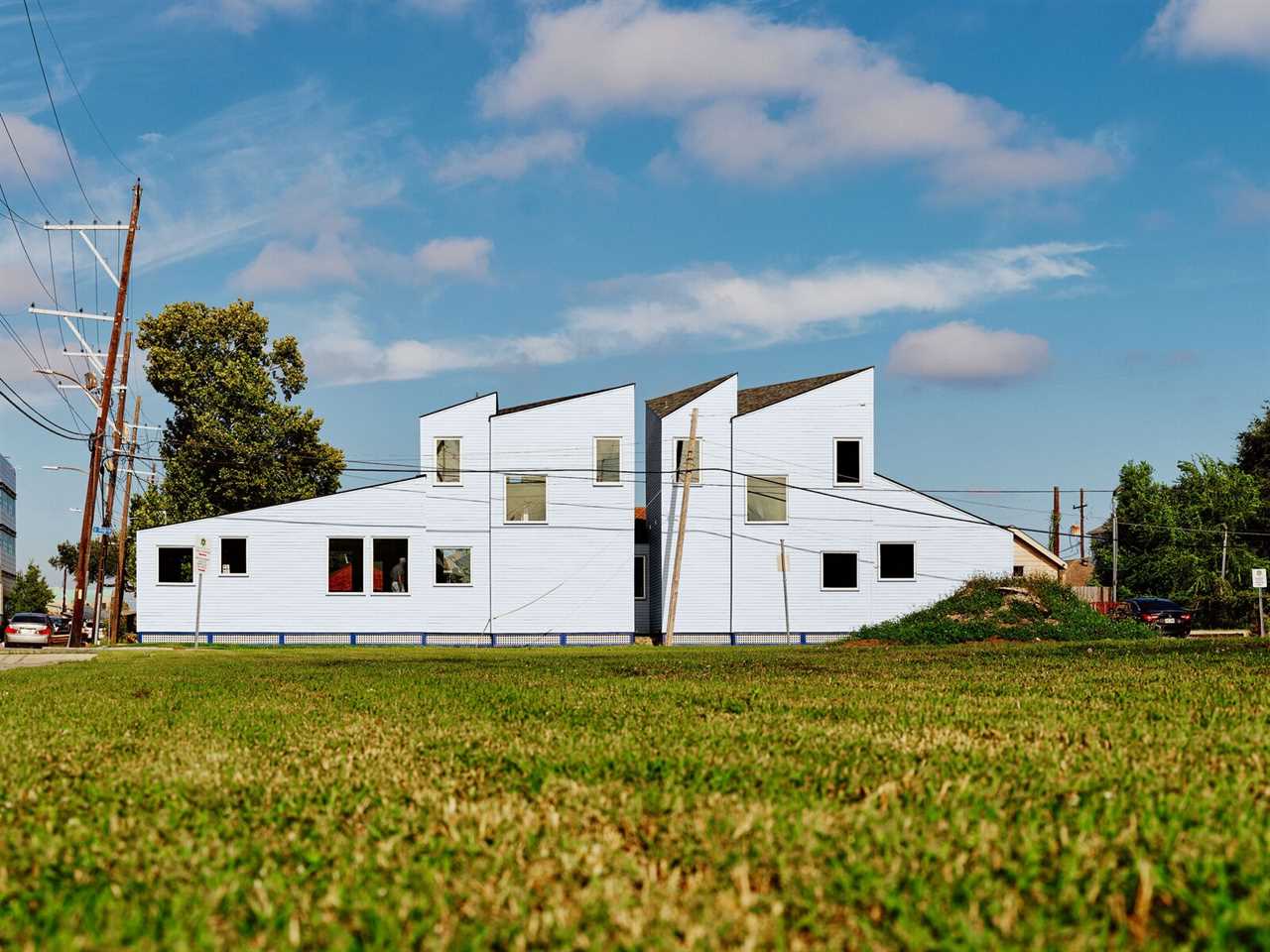Renovations rethink the past, new architecture helps people in the present, and progressive planning plots a better future: It’s all in our annual issue about the state of American design.

What to do with a Philip Johnson house? A titan of the 20th century, he designed era-defining structures all over the country and shaped how Americans understand modernism and postmodernism from his decades-long tenure in the Museum of Modern Art’s architecture department. But for a period, he was also an avowed supporter of fascism, the deep extent of which has recently emerged—thanks in no small part to an excellent biography by critic Mark Lamster. Johnson later renounced his right-wing political leanings, but the most troubling part of his legacy may not be the fact of those beliefs but the narrow, dictatorial canon they seem to have informed. He often celebrated individual design stars, the majority white men, while leaving women, people of color, and others out of 20th-century design’s official history—a history that is now being reconsidered.
His skill as a designer, meanwhile, is on full display at the Wolf House, a home in Newburgh, New York, recently restored by two friends. The complexity of Johnson’s legacy is not lost on the duo, and they speak candidly about what it means to faithfully restore one of his houses and how they envision the home’s next chapter. We can’t separate the designer from the work, but the Wolf House shows one way to preserve history honestly while thinking about the future. Similarly, the renovations in our special section about midcentury homes consider how the significance of these structures has transformed over decades.
Though many homes were designed for a postwar middle class, a cute midcentury with "good bones" now qualifies as a luxury good in a housing market that in many places has effectively shut out anyone without at least $1 million to spend. An exception is a development in Tempe, Arizona, that has utilized a community land trust to create attainable starter homes—many priced less than $200,000. Modest cottages clustered around common areas and built with energy conservation and ecology in mind, they could provide a model for other cities. Just add a grocery store and you would have a walkable neighborhood within the sprawl of greater Phoenix.
And in New Orleans, OJT has designed a home for another group typically underserved by architecture, formerly incarcerated people just leaving prison. Everything from the floor plan to the roofline was designed to meet the needs of people rejoining their communities. It too could be a model for future development—and, in our era of mass incarceration, an unfortunately necessary one. And like the rest of the stories in our annual American design issue, it reflects the complexities of home design today: asking questions about the past, solving contemporary problems, and offering inspiration for the future.
—
Head back to the November/December 2023 issue homepage
Read More
By: William Hanley
Title: Editor’s Letter: America Today
Sourced From: www.dwell.com/article/editors-letter-america-today-november-december-098dd161
Published Date: Tue, 14 Nov 2023 13:02:18 GMT
.png)





